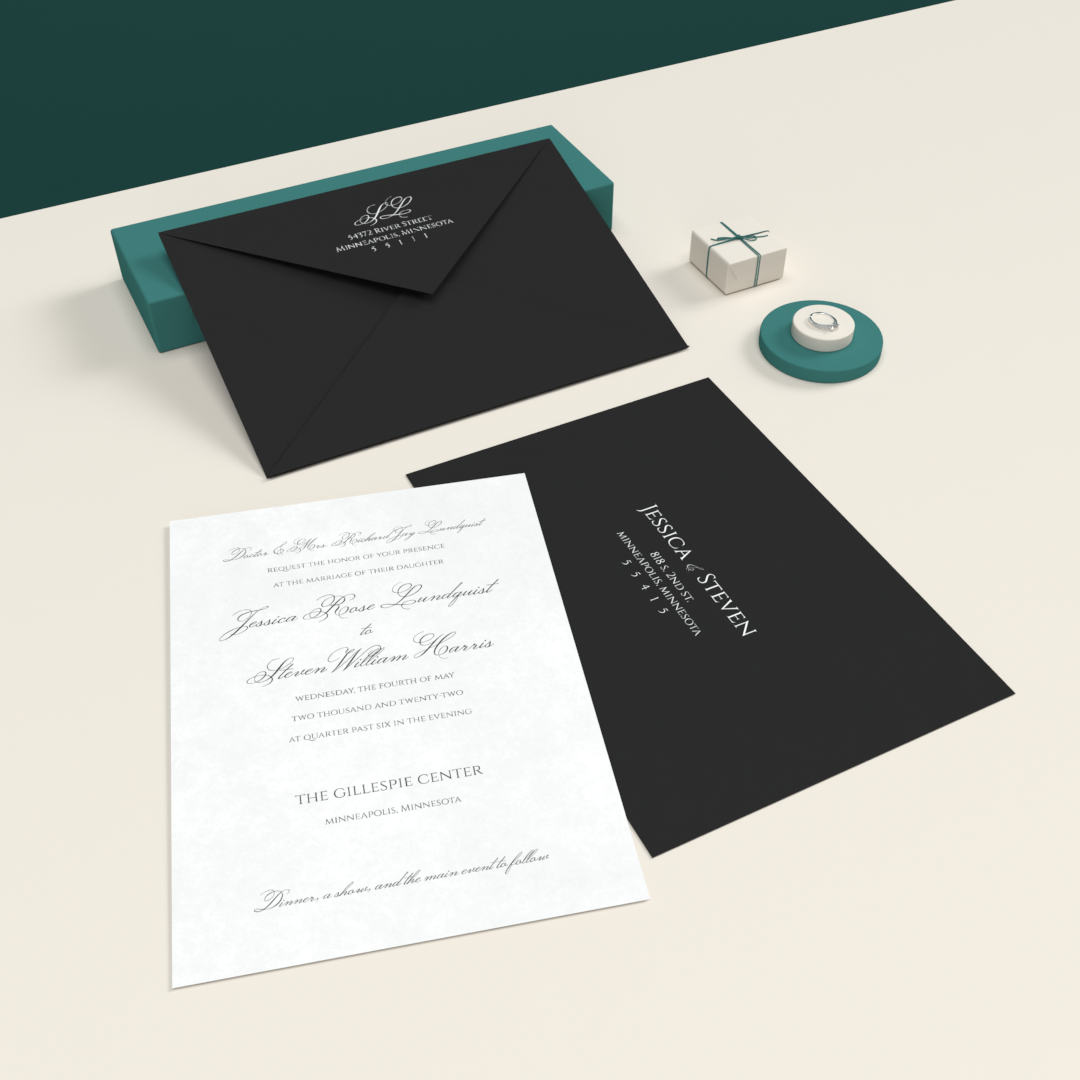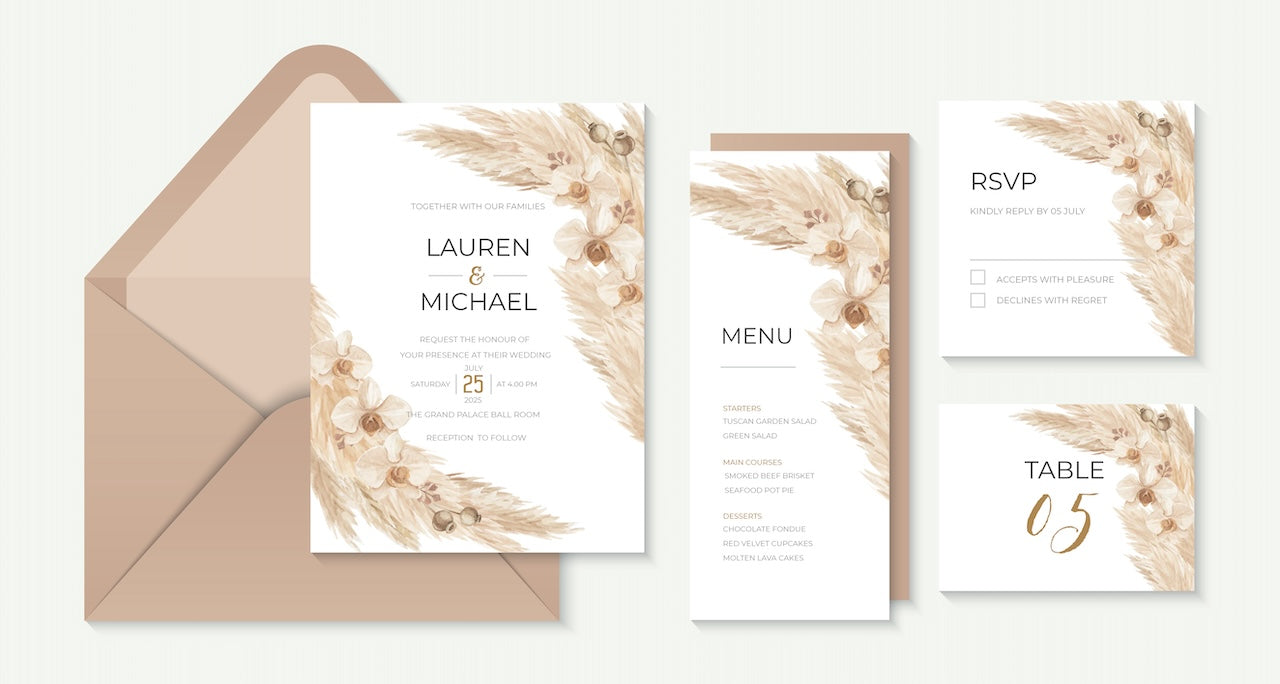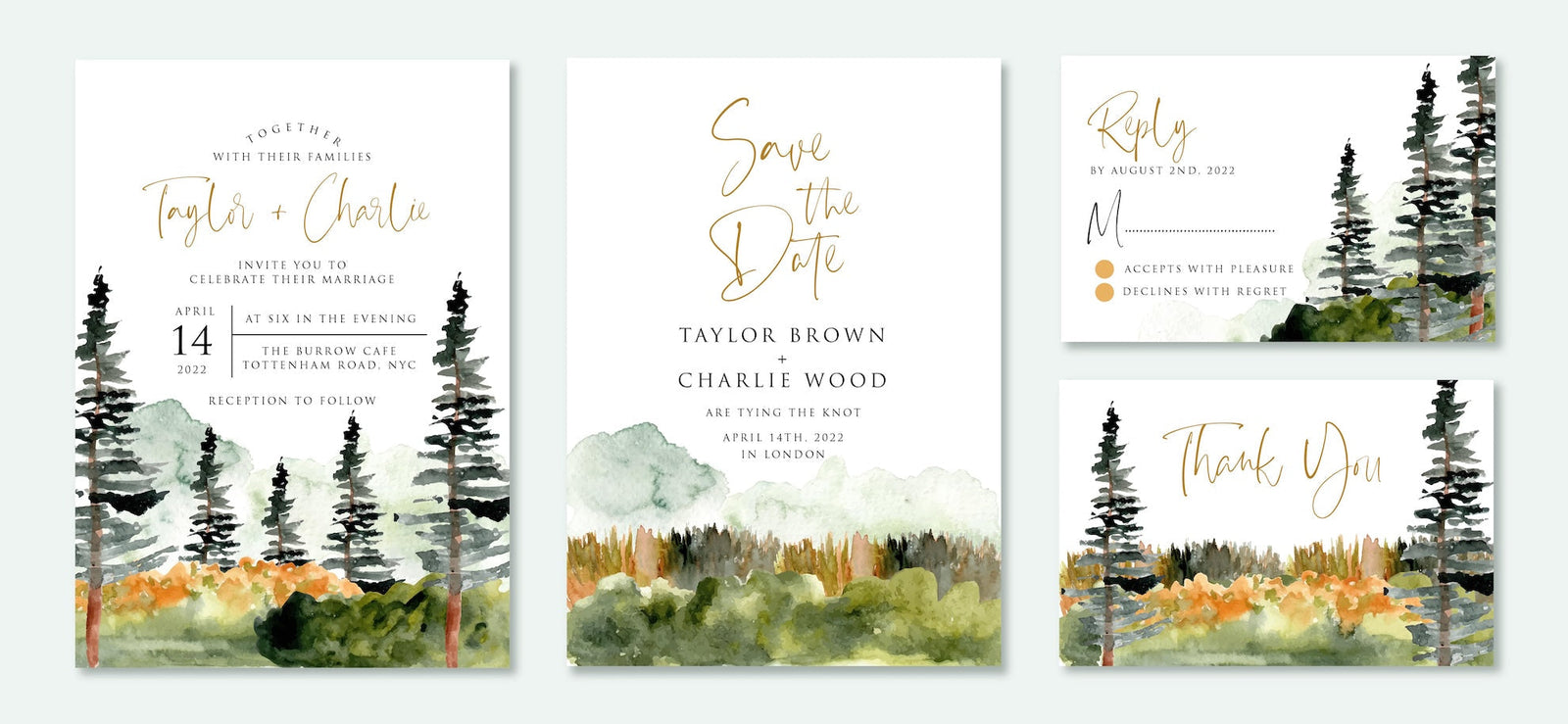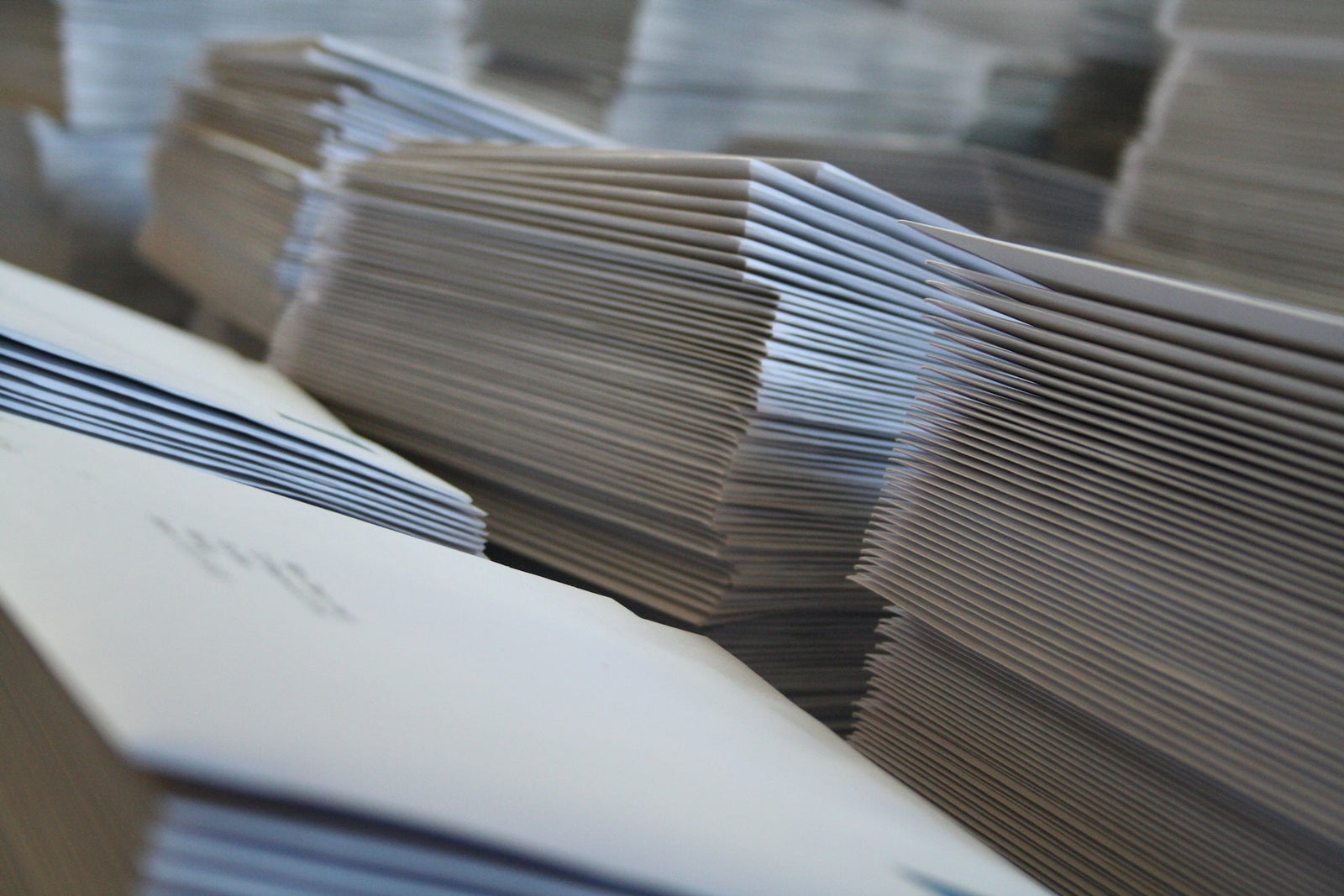
Creating a custom letterhead design that effectively represents your brand is a critical component of your business’s overall identity. A strong business letterhead design serves as the first point of contact with clients, partners, and customers, conveying your company's professionalism and brand identity. It’s the face of your brand and the first thing anyone sees when they receive a document from you.
In this article, we’ll explore the essentials of creating an effective custom letterhead design that enhances your brand identity and impresses everyone who sees it.
Letterhead Design: Why It Matters
Letterhead design is a small detail, but it’s an important one. It’s an opportunity to show the world your company’s brand identity, professionalism, and attention to detail, helping to build trust and credibility.
The Importance of Letterhead in Professional Communication
A letterhead typically includes the company name, logo, address, and contact information. It serves as the official identification of the company and is often used in business letters, contracts, and invoices. Investing in a professional letterhead elevates your company’s image and ensures all correspondence reflects the quality of your business.
But it’s not just physical documents that use letterheads. In our digital age, we have email signatures and digital letterheads, too.
Building Brand Consistency and Trust Through Letterhead Design
Brand consistency is important for building trust with your audience. A custom letterhead design ensures that all your written communication has a consistent look and feel. This helps to reinforce your brand identity and create a memorable and professional impression on your clients and customers. A well-designed letterhead can make your company appear more established, professional, and trustworthy.
For instance, custom business stationery communicates your brand's professional image in every piece of correspondence. Company branding materials like letterheads are an extension of your visual identity, ensuring that all your communication aligns with your brand's core values.

First Impressions: The Impact of a Poor Letterhead Design
A poorly designed letterhead can leave a negative impression and make your company seem unprofessional and disorganized. A weak first impression can set a poor tone for the rest of the interaction. Investing time and effort into designing a high-quality letterhead is well worth it, as using a company letterhead template ensures consistency.
Essentials of Custom Letterhead Design
Branded stationery ensures that every document reinforces your brand's values. Every element, from layout to typography to logo placement, plays a role in the design’s overall effectiveness. A corporate letterhead design should balance creativity and professionalism while keeping communication formal.
If you’re looking to design a letterhead online, there are many user-friendly platforms that offer templates and customization options for a professional look. Looking at letterhead template examples can provide inspiration and guidance when creating a design that effectively represents your brand.
Just remember, a corporate letterhead design should maintain a balance between creativity and professionalism, reflecting your business’s ethos while keeping communication formal.
Keep It Simple
One of the most important letterhead layout tips is to keep things simple. A clean, minimalist letterhead design looks modern and professional and is easy to read. A modern letterhead design combines simplicity with creativity, making sure the company’s branding is clear while avoiding clutter.
Minimalist Design for Readability and Professional Appearance
The easiest way to achieve this is to keep the design layout clean and straightforward. A simple, minimalist design will make the most important elements, such as the company name, logo, and contact information, stand out.
Avoiding Clutter and Excessive Elements
The best way to keep the design simple and clean is to avoid overcrowding the letterhead with too many design elements. Stick to a simple design with basic typography and simple graphics.
Incorporate Your Logo Thoughtfully
A key thing to note is letterhead with logo placement. As your logo is the cornerstone of your brand identity, it needs to be prominently featured so your brand is instantly recognizable. Logo placement on letterhead should appear in the top-left, top-center, or as a watermark.
Using High-Resolution, Scaled-Down Versions for Letterhead
No matter where you place your logo, make sure it’s aligned properly and scaled to the right size. A high-resolution logo ensures it won’t look blurry or pixelated when scaled down.
Emphasize Branding Through Color
Colors play a central role in your letterhead design. Choosing the right letterhead color schemes ensures that your brand’s personality shines through without overwhelming the viewer.
Using Brand Colors Without Overpowering the Page
Use your brand colors strategically to add visual interest and personality to your letterhead design. You can use your brand colors in the header, footer, logo accents, or other design elements, but avoid making them too overpowering.
Color Placement Tips
Consider using your brand’s primary color for the header or side border and using neutral colors for the text. This will add visual interest to the design without being too distracting.
Establish a Visual Hierarchy
A good letterhead design should make it easy for the reader to find the most important information, such as your contact details. Use larger font sizes and weights for your company name, with smaller fonts for the address and contact information.
Text Alignment for Clarity
Align the text to the left, which is the most common and easiest to read. Depending on the design, you can also use centered or right-aligned text, but consistency is key.

Typography & Spacing: Readability Meets Branding
Typography is an essential aspect of letterhead design, as it reflects your brand personality and plays a crucial role in readability.
Choosing the Right Fonts
The font you choose says a lot about your brand. Serif fonts, like Times New Roman or Georgia, are traditional and professional, while sans-serif fonts, like Arial or Helvetica, look modern and clean.
For instance, a law firm might use a serif font to project trustworthiness and reliability, while a tech startup might choose a sleek sans-serif font to convey innovation.
Font Pairing: Combining Fonts Effectively
If you’re using more than one font, make sure they complement each other. A popular font pairing is a serif font for the company name and a sans-serif font for the contact information. Make sure the fonts are legible, and the text is not too crowded.
Line Spacing and Margins for a Polished Look
Line spacing and margins are important for a clean, professional appearance. Keep them consistent throughout the design. Proper line spacing makes the letterhead feel open and professional, while too little spacing makes it look cramped. Too much space can make the letterhead feel unfinished.
Unique Design Elements: Stand Out with Subtlety
A unique letterhead format can make your brand stand out, but it’s important to maintain professionalism while experimenting with creative layouts. Subtle letterhead branding ideas include using bold accents, personalized touches, and incorporating your brand’s story into the design. A personalized business letterhead adds a unique touch to your correspondence, ensuring your letters reflect your company’s individuality.
A Full Border or Footer Design
Footers are an excellent way to add design flair to your letterhead. Keep it simple and in line with the overall design, using it to add social media links, a slogan, or even a tagline.
Creative Use of Borders or Blocks to Frame Content
Borders can also add design interest to your letterhead. Use a full border or just borders on the sides or top. Opt for a thin line or subtle accents, rather than thick or bold borders.
Whitespace: Room for Breathing
Whitespace is one of the most important elements of letterhead design. It allows the design to feel open and accessible, providing a visual break between sections. Overcrowded designs can make the document feel chaotic, so it’s essential to strike a balance between design elements and whitespace.
Examples of Effective and Ineffective Letterhead Designs
A good example of an effective custom letterhead design is a minimalist design with the company logo at the top-left corner, followed by neatly aligned contact information in a subtle sans-serif font. A poor example would be an overly busy design with too many colors, fonts, and graphics, making the letterhead look cluttered and unorganized.
Printing Your Letterhead: Professional Tips
Once your custom letterhead design is ready, it’s time to have it printed. While it might be tempting to print your letterhead on a standard office printer, professional printing will elevate the quality of your materials. A print-ready letterhead is one that’s properly formatted and optimized for printing, ensuring that your designs look flawless on paper.
Overview of Professional Printing Options
Choose a professional printing service that offers high-quality materials and printing methods. Paper options such as uncoated, linen, or textured stock can make a big difference in how your letterhead feels and looks.
Why Print Quality Can Elevate Even a Simple Design
A well-printed letterhead with high-quality paper stock reflects professionalism and leaves a positive, lasting impression on anyone who receives it.
For businesses looking to order in large quantities, Bryant Graphics offers high-quality bulk letterhead printing that ensures your custom design stays consistent across all your printed materials.
Create a Lasting Impression with a Custom Letterhead
Your custom letterhead design helps make your brand stand out and your communication as professional and memorable as possible. Whether you’re going for a minimalist design, using color, or playing with typography, each design element is essential to making your letterhead unique and representative of your brand’s values.
Need assistance designing your letterhead? Check out Bryant Graphics’ letterheads, foil letterheads, or browse through our other business essentials.







